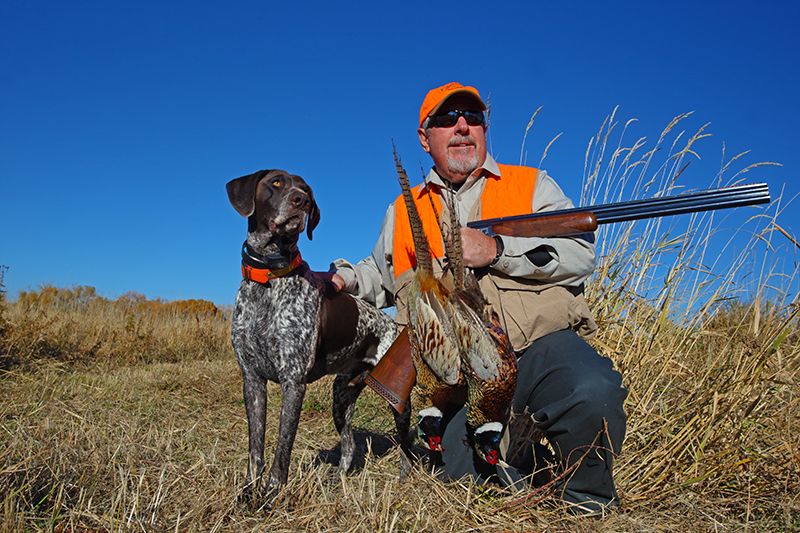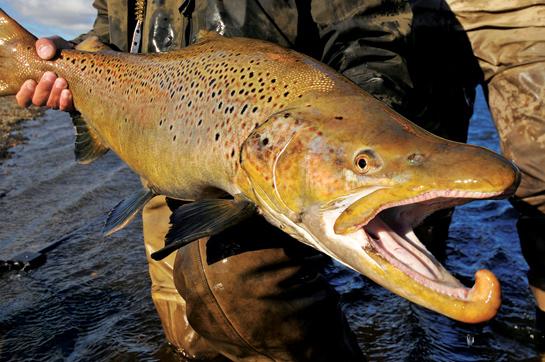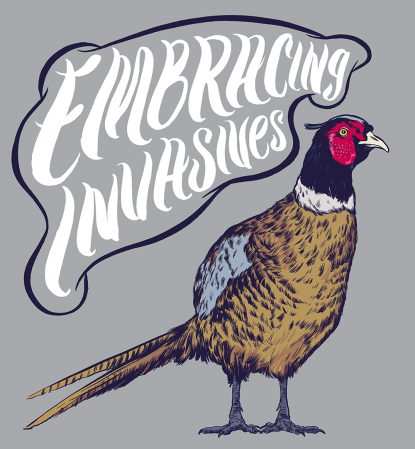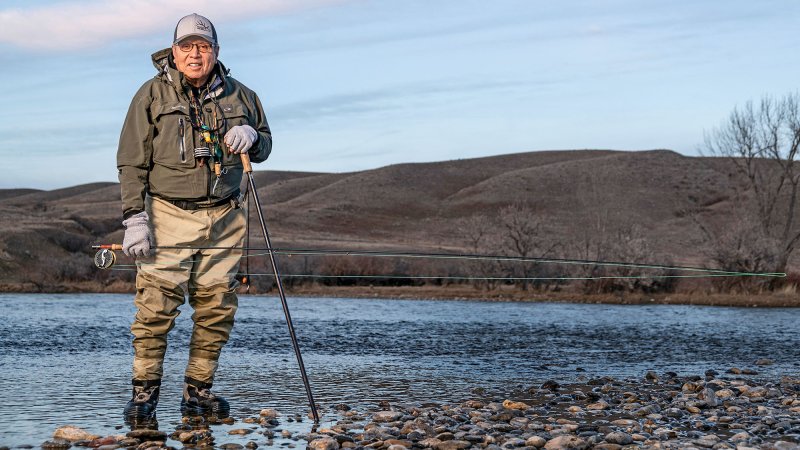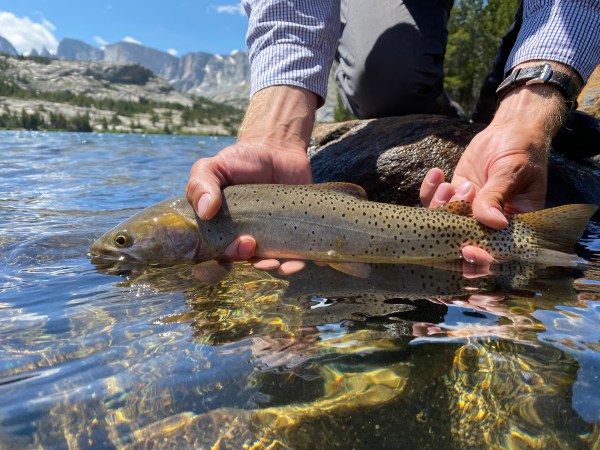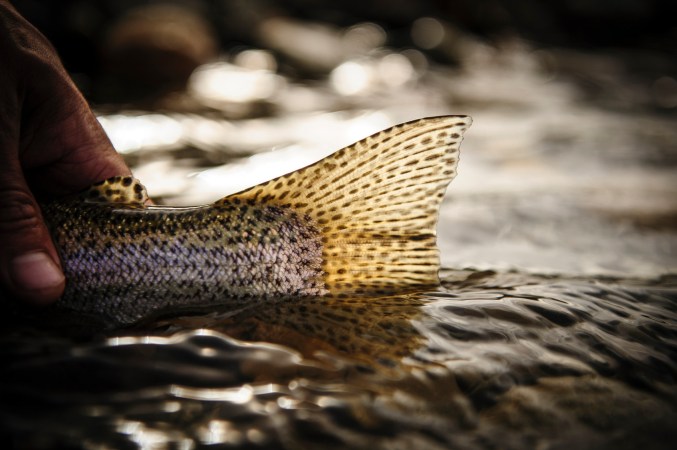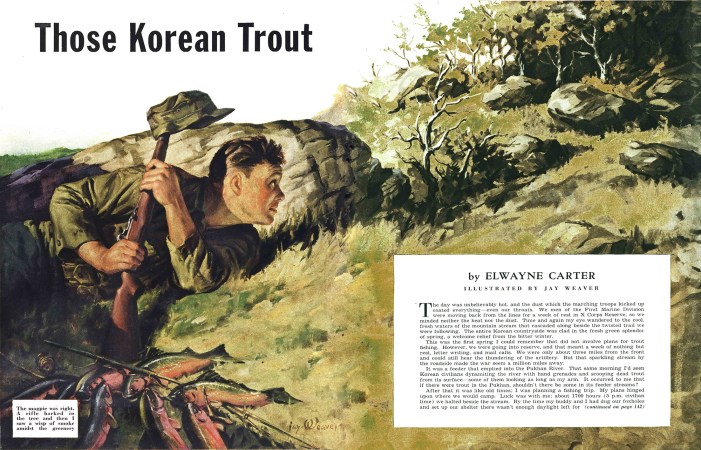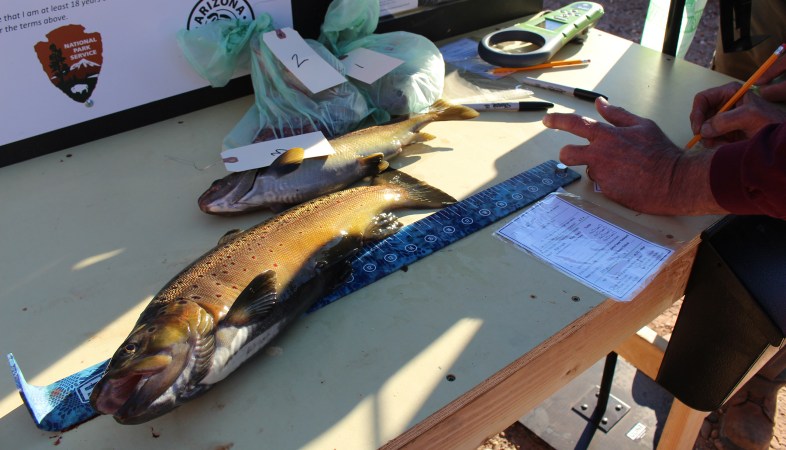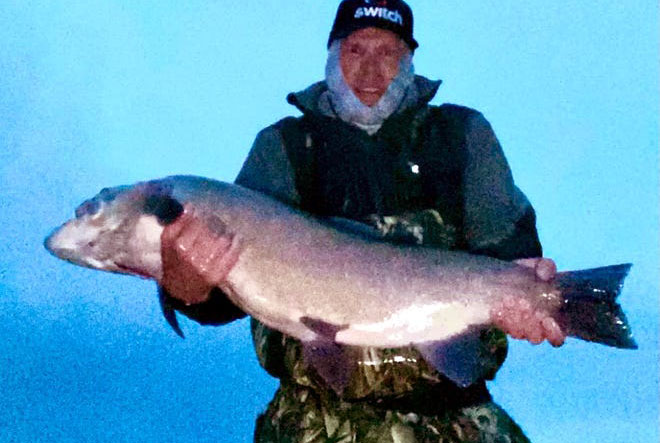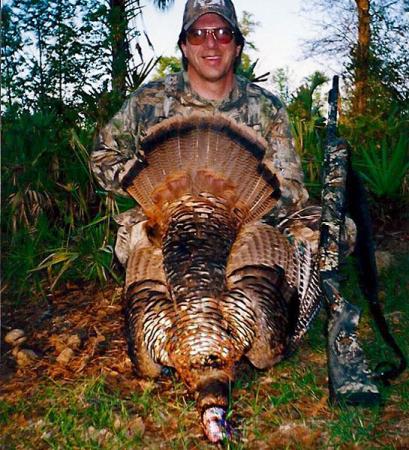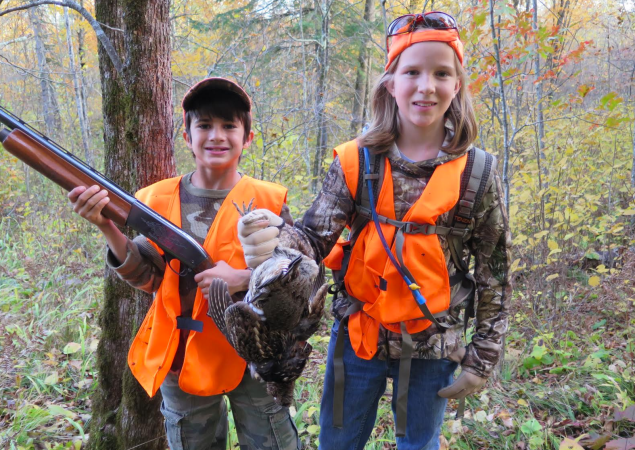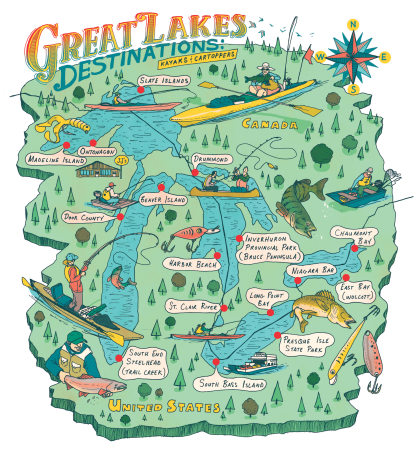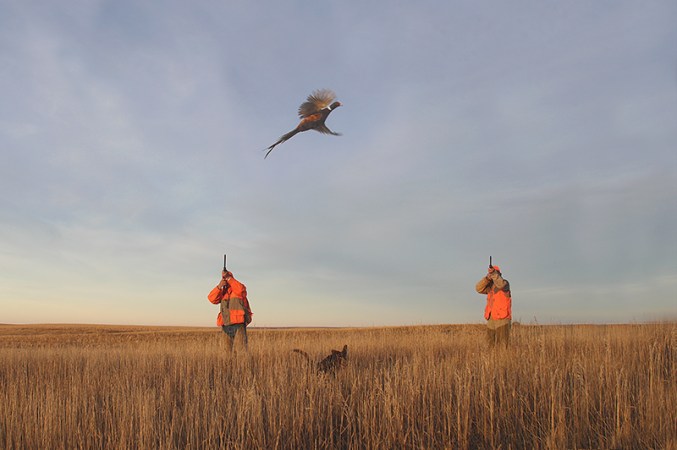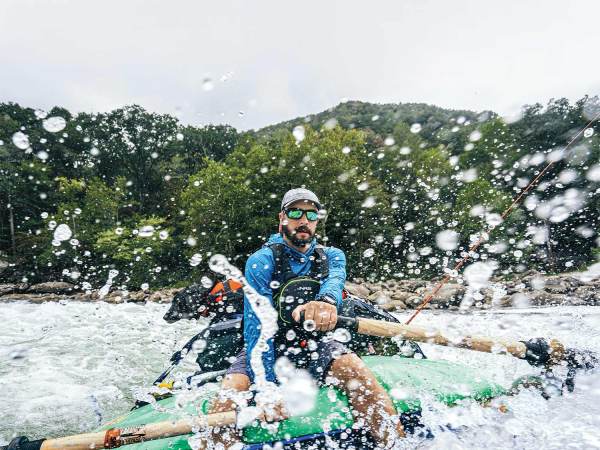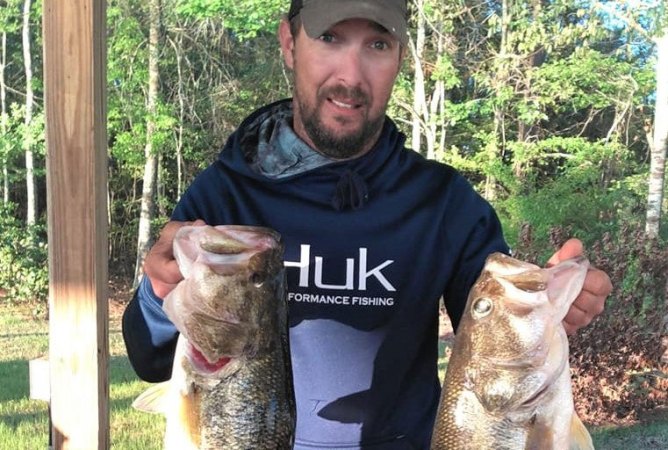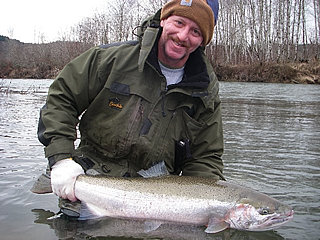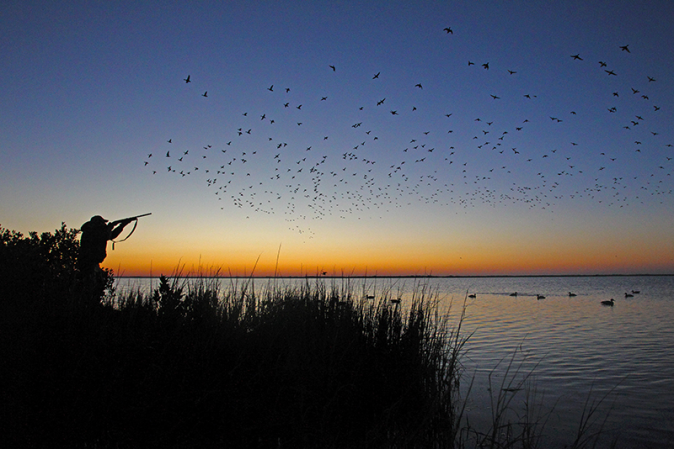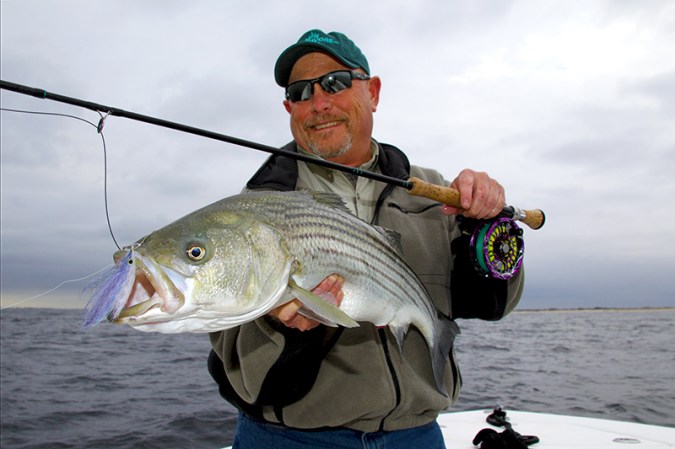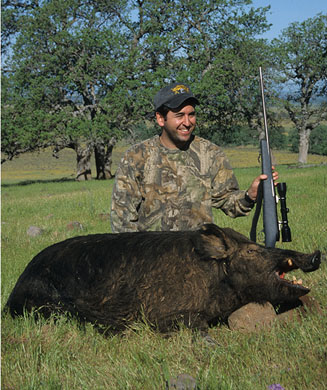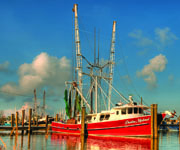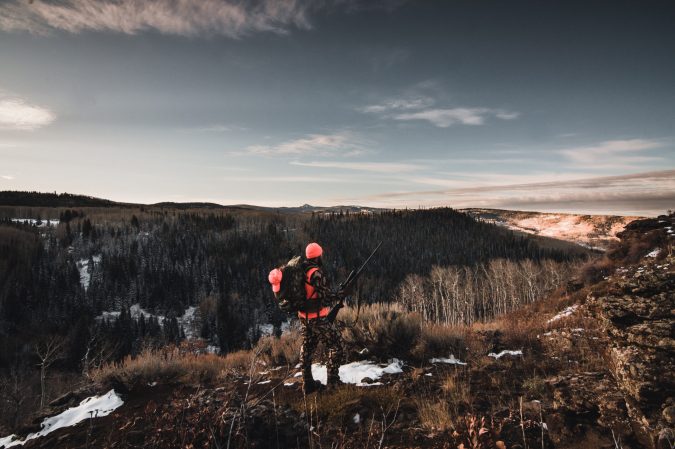We may earn revenue from the products available on this page and participate in affiliate programs. Learn More ›
Mention the Bighorn River to most sportsmen and they’ll think of Montana’s blue-ribbon trout stream. Cool temperatures and steady flows, combined with prolific insect life provide an ideal environment for trophy trout. The Bighorn’s nutrient rich waters support 5,000 to 7,000 brown and rainbow trout per mile, many of which grow to 18 inches or more. Plenty of anglers and guides will argue that the Bighorn holds more fish in the 15- to 20-inch range than any river in North America. But fishing isn’t the only game in the land where the Bighorn flows.
The Bighorn is located in South-central Montana, an area that boasts quality and exciting upland bird hunting. This is the country where great buffalo herds once roamed, where pioneers struggled to carve out a new life, and where Colonel George Armstrong Custer met his fate. The hillsides, valleys, creeks, and agricultural fields of the Bighorn region offer a mixed bag of pheasants, gray partridge, and sharptail grouse.
The Bighorn also is home to migrant and wintering ducks and geese. Mostly mallards, goldeneyes, and Canada geese in winter, while greenwing teal, gadwall, scaup, and others move through the region in the fall. Backwater sloughs and gravel bars provide resting areas and nearby grain fields provide food resources.
When to Go
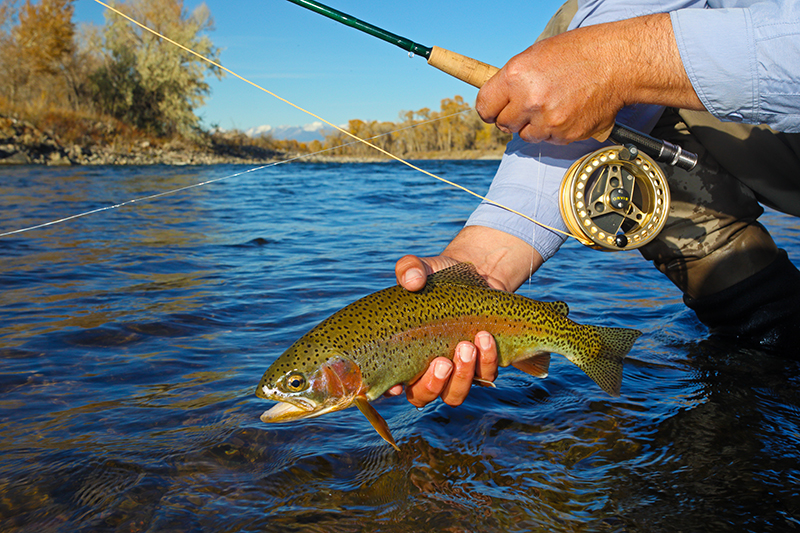
While trout fishing in the Bighorn is good year-round, most anglers visit between April and November. Some of the best action is in September and October, when the browns are moving into spawning areas and the rainbows are feeding heavily as winter approaches.
Depending on the weather, the best fishing is after the air and water temperatures warm and the hatches take place. I like to spend the morning hours hunting and the afternoon fishing. But be opportunistic—if it’s cold and windy, spend the day chasing birds; if its sunny and calm, head to the river.
The 2014 gray partridge and sharptail grouse seasons run September 1 to January 1 with limits of eight and four birds respectively. The pheasant season opens on October 11 and closes on January 1, with a daily limit of three roosters.
Sharptail hunting is generally most productive in September. Later in the fall, the family groups of four to eight birds merge with others to form larger coveys. Once the big coveys form, sharptails become more difficult and often flush wild. Gray partridge hunting is good in both September and October. However, if you want to add pheasants to your bag, late October is the time to go. Upland bird hunting is generally more productive in the morning when temperatures are cooler and the scenting conditions for dogs are the best.
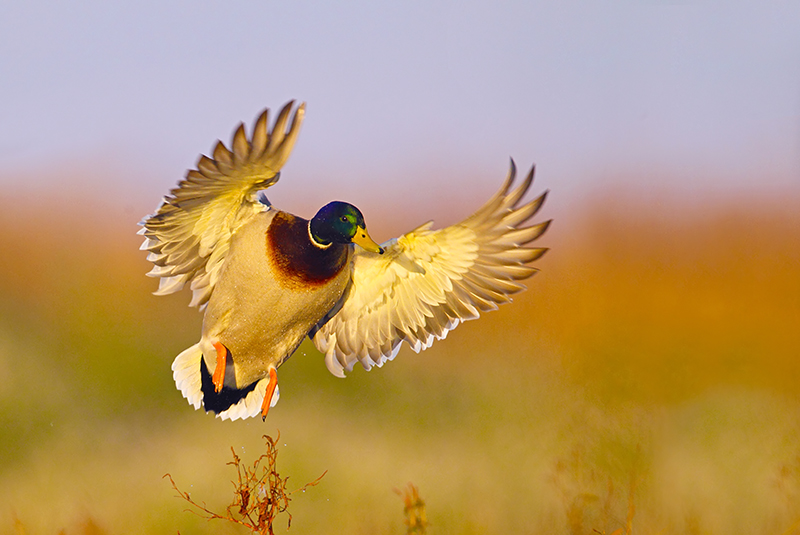
The waterfowl season runs from late September to early January. Last year, the limit was six ducks, which could include no more than five mallards (2 hens); no more than two hooded mergansers, canvasbacks, or redheads; and no more than three wood ducks or scaup. While not set in writing, limits are expected to be the same this season .
Waterfowl hunting is productive on the opening weekend, then drops off until cold weather sets in and freezes the surrounding potholes, reservoirs, and smaller rivers. Because the Bighorn stays open even in the coldest weather, it’s a magnet for the mallards and honkers that spend the winter here.
Where to Hunt and Fish
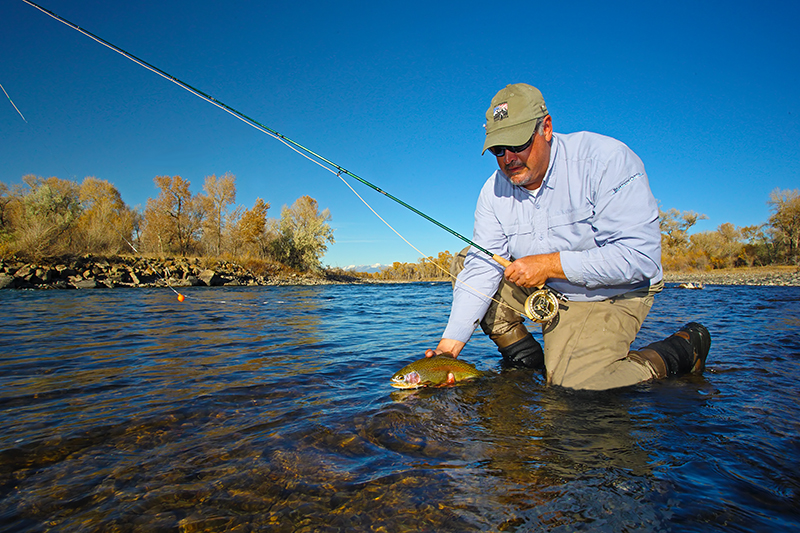
The Bighorn River begins at Boysen Reservoir in Wyoming. It enters Montana more than 150 miles downstream where it flows into Bighorn Lake, formed by the Yellowtail Dam. Below the dam, the banks are a mix of grass, cottonwood trees, farmland, and sagebrush. The Bighorn River travels through the Bighorn Canyon National Recreation Area for the first 20 miles below the dam, where it then enters the Crow Indian Reservation. Due to a court ruling in 1981, the Bighorn River is considered a public river. As a result, a special tribal fishing license is not needed to fish the river in the Crow Reservation. Trout fishing on the Bighorn River is generally localized to the first 13 miles below the dam to the Bighorn Access Site. The Afterbay Dam regulates flows and irrigation has only a minimal impact on river flows. As a result, the Bighorn River almost always flows steady, clear and cool, creating ideal fishing conditions.
There seems to be a hatch going on almost year round. The caddis hatch usually begins in midAugust and can last well into September. The heaviest hatch generally occurs in the evening. Popular flies include the standby Elk Hair Caddis and Tan and XCaddis patterns. Fall on the river sees a solid trico hatch. Despite the tiny sizes of these flies, large trout, especially large rainbows, come up to feed on them. Goto patterns include Parachute Tricos and Parachute Adams with very light tippets. Algal worms, scuds, Woolly Buggers and streamers often produce big fall browns.
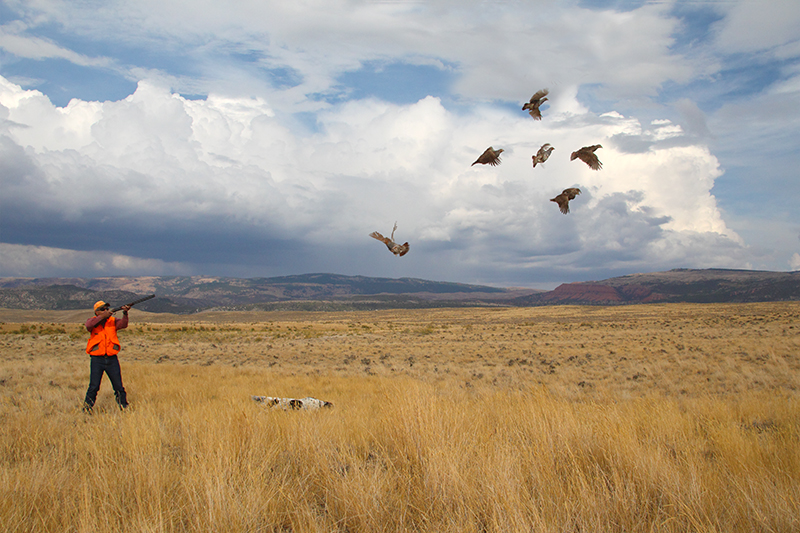
When it comes to upland bird hunting, there a few options. The first is the Crow Indian Reservation. A permit is required for both residents and nonresidents, and prices range from $40 to $100. The Crow lands support populations of all three game birds. However, recent reports indicate the bird hunting can be a hit-or-miss affair. Some areas have excellent habitat and hold good populations, particularly pheasants, while other areas have degraded habitat and therefore support fewer birds. Understanding land ownership and the areas open to hunting on the reservation can be complicated so get a good map, and bring your handheld GPS. You can also hire a guide who knows the reservation to increase your chances of success.
Another alternative is to hunt the islands in the river for pheasants. Many of the islands have dense vegetation that pheasants seek out after they get pushed off the surrounding areas. The walk-and-block technique works well, and you can station a drift boat at the bottom of the island as a blocker. However, be aware that island hunting is no secret and many of the fly fishing guides in Fort Smith and Hardin own a Lab and love to pheasant hunt on their days off.
Duck hunting is either a jump shooting affair as the boat drifts down the river, or you can set up a decoy spread in a backwater slough. Both methods are productive.
Finally, there are fully-guided fishing and hunting outfits that provide accommodations, food, lodging, float trips, and private land for hunting birds over dogs and/or duck hunting. The guided excursions almost always present the best chance at success, but they are not cheap!
What to Bring
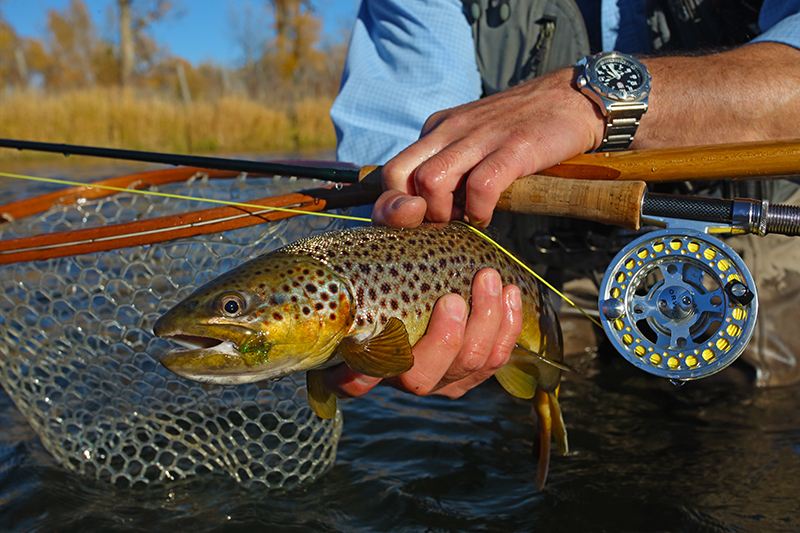
Bring spinning tackle, fly gear, or both. You can actually take fish home from the Bighorn—the limit is five trout daily, one of which may be over 18 inches. Small spoons, spinners, and an assortment of flies—size 14–18 caddis, 18–24 tricos, hoppers, Woolly Buggers, and various large streamers—will entice the trout. There are situations that call for both floating and sink-tip lines; choose a 5-, 6-, or 7-weight fly rod. Guided trips often include the use of fly-fishing tackle and flies.
For upland bird hunting, plenty of boot leather is required; a good dog, either a pointer or a retriever, will boost your odds of success. In September and October, be prepared for a wide range of temperatures—dress in layers and carry plenty of water. I like a 20-gauge shotgun for upland birds, and a 12-gauge for waterfowl.
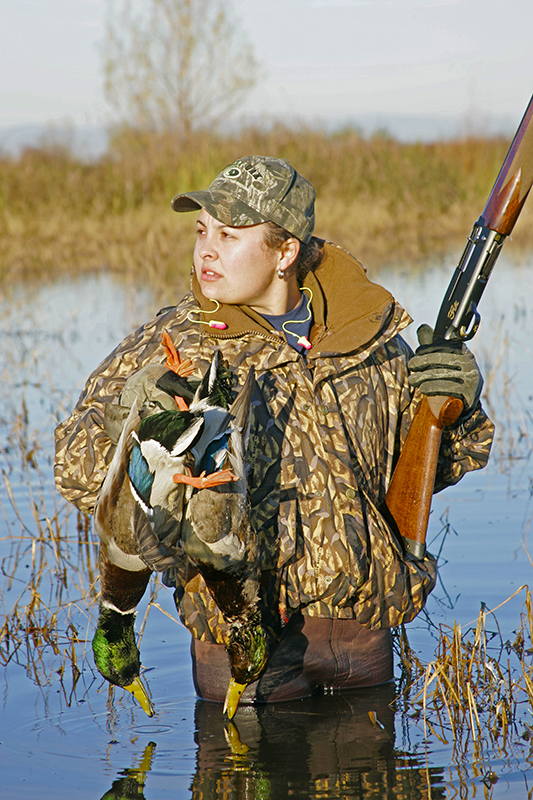
For duck hunting bring decoys, unless you hire a guide who will supply them. Mallard blocks are best, but add a few Canada goose dekes to sweeten the spread.
Where to Stay and Eat and What to See
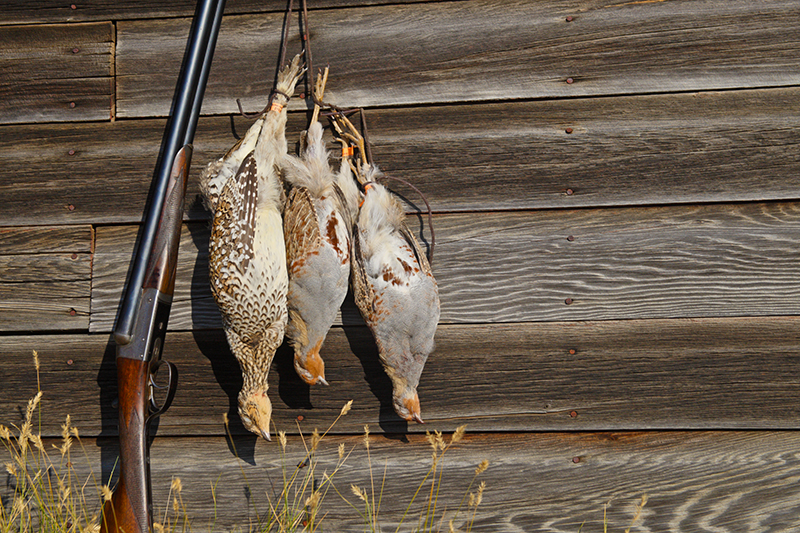
A variety of accommodations and restaurants are available in Hardin and there are a few lodges and B&Bs near Fort Smith. If you book a guided trip, they often include lodge accommodations and meals.
The Little Bighorn Battlefield National Monument is about 15 miles from Hardin and is well worth a visit. This area memorializes the U.S. Army’s 7th Cavalry and the Lakota Sioux and Cheyenne in one of their last armed efforts to preserve their way of life. Here on June 25 and 26 of 1876, 263 soldiers, including Lt. Col. George A. Custer died fighting several thousand Indian warriors.
What It’ll Cost
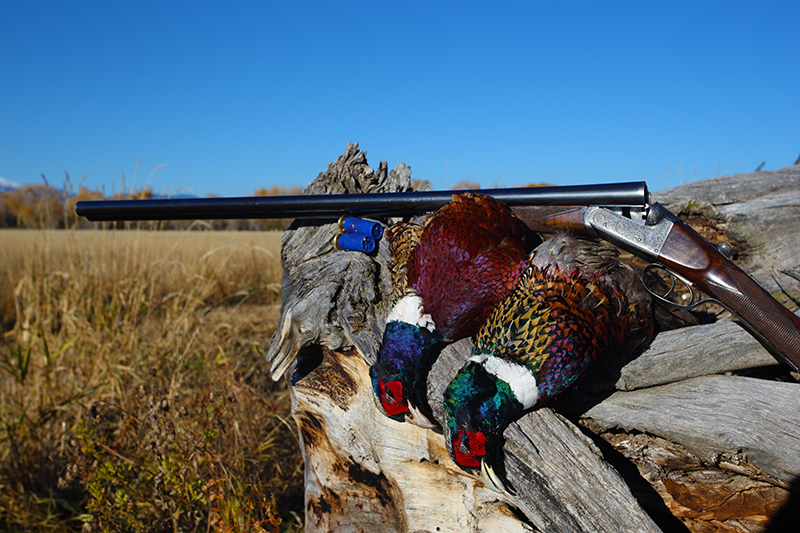
An $8 conservation license is required for residents and a $10 conservation license is required for non-residents. For waterfowl hunting, a $15 federal duck stamp and a Montana migratory bird license is required ($8.50 for residents, $50 for nonresidents). An annual resident bird hunting license is $7.50. An annual non-resident bird hunting license is $110, and a three-day non-resident license is $50. An annual resident fishing license is $18, an annual non-resident fishing license is $60, a two day non-resident license is $15 and a 10 day is $43.50. Licenses can be purchased in advance at www.fwp.mt.gov.
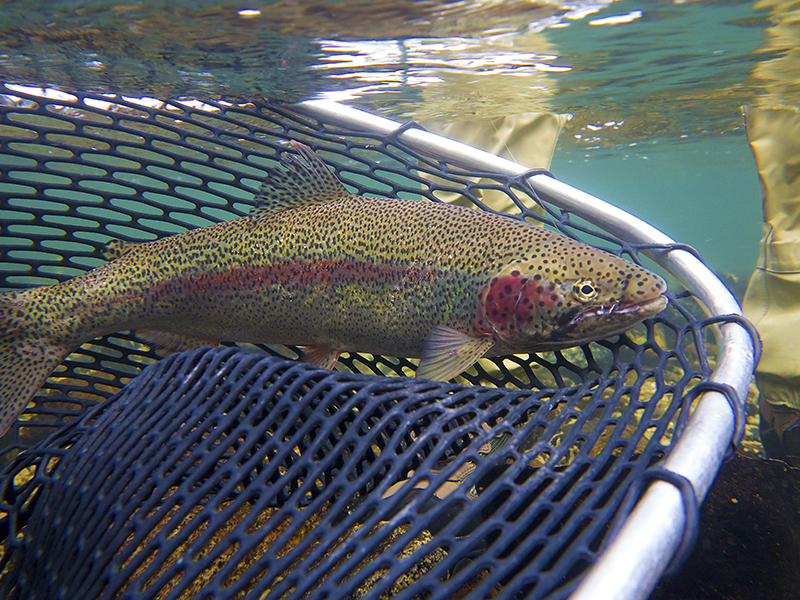
Guided excursions range from $395 for a day-long float trip for two anglers to $3,350 per person for a three-day/four-night cast and blast adventure that includes guide service, local transportation, accommodations and meals.
Who to Contact
Montana Tourism: 800-847-4868, visitmt.com
Montana Fish, Wildlife and Parks: 406-444-2535, fwp.mt.gov
Montana Fish, Wildlife and Parks, Billings Office: 4062472940; email, fwpr5bmp@mt.gov
Crow Nation Fish and Game: 406-638-2179, crownationfishandgame.com
Pretty Shield Outdoors (Crow Reservation Guide Service): prettyshieldoutdoors.com
Hardin Chamber of Commerce: 406-665-1672, thehardinchamber.org
Eagle Nest Lodge (guided trips): 406-665-3711, eaglenestlodge.com
Forrester’s Bighorn River Resort (guided trips): 800-665-3799, forrestersbighorn.com
Little Bighorn Battle Field National Monument: 406-638-2621, nps.gov/libi/index.htm
